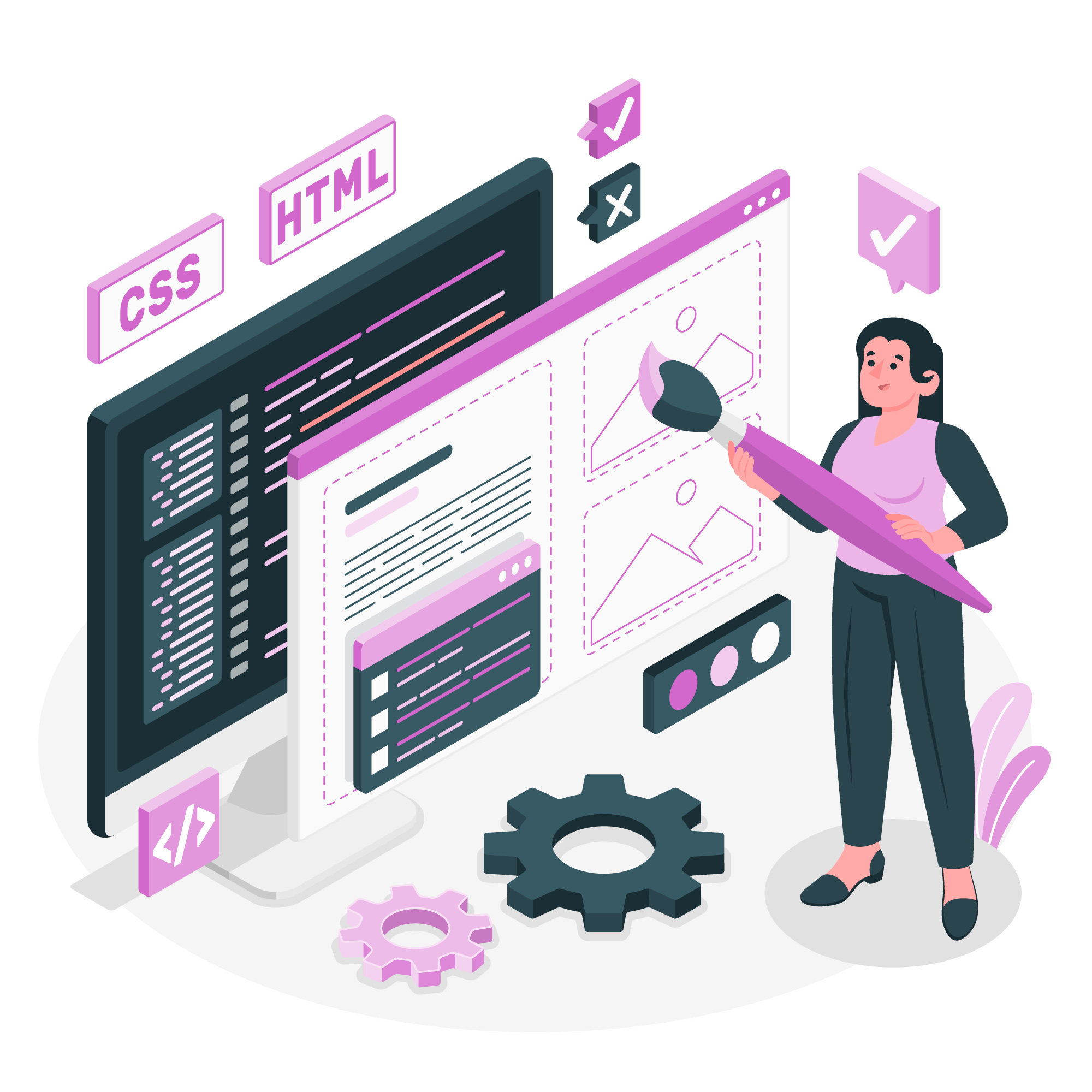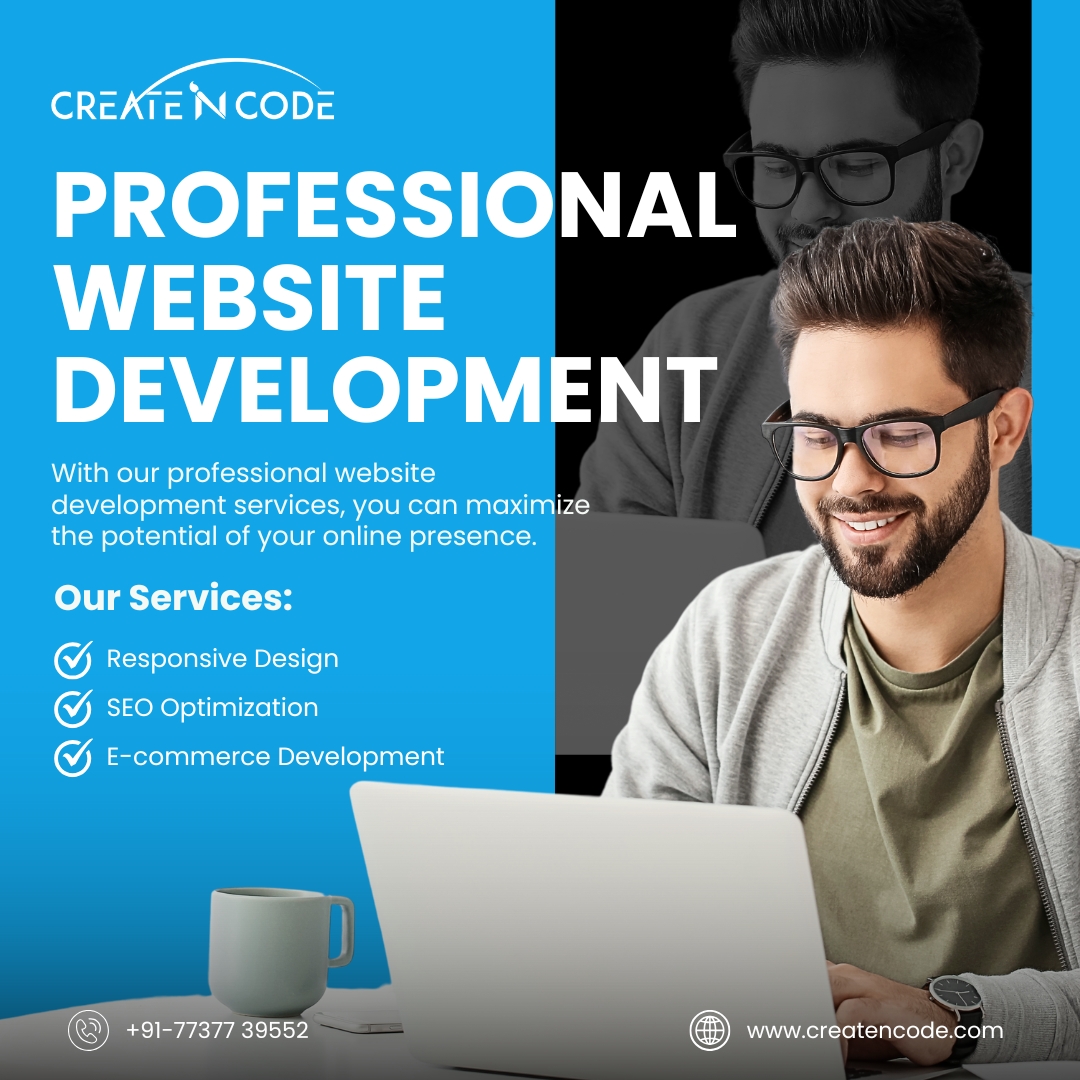Approach Custom Web Design Projects in Web Design Agency Indore :
Custom web design is building a one-of-a-kind website that is suited to the particular requirements, objectives, and brand of a company. Custom websites are constructed from the ground up, providing more flexibility, functionality, and creative freedom than template-based designs. This method guarantees that the client's vision and business goals are perfectly reflected on the website. Gaining a comprehensive grasp of the client's business, target market, and objectives is the first step in the custom web design process. Establishing the project's basis requires completing this preliminary step of inquiry and collaboration. Important Actions: Client Meeting: A thorough meeting between the client and the web design firm kicks off the process. The purpose of this gathering is to collect vital information about the company, its goods and services, and its intended market. Needs Assessment: In order to determine the precise needs of the client, the agency does a needs assessment. This entails being aware of the intended features, preferred designs, and any particular difficulties the company may be facing. Competition Analysis: Examining the websites of rival businesses can reveal market trends and provide insight into successful strategies. This research offers insightful information for creating a distinctive and competitive website. Planning and Research The web design company proceeds to the research and planning stage after the first session is over. Detailed research, strategic planning, and project roadmap preparation are all part of this phase. Important Actions: Market research: Knowing the tastes, habits, and expectations of the target audience is aided by conducting market research. Conducting this research is crucial to creating an audience-resonant, user-friendly website. Site Architecture: Creating a sitemap that describes the hierarchy and structure of the website is a necessary step in developing a clear site architecture. This stage guarantees that the website is user-friendly and well-structured. Wireframing: A wireframe is a simple drawing or blueprint that shows the general layout of a website. In addition to aiding in the design of the arrangement of components like headers, graphics, and content, they offer a visual depiction of the website's structure. Content plan: Providing a dependable and interesting user experience requires a clearly defined content plan. As part of this approach, content placement and type must be planned to ensure that it complements the brand's messaging. Planning and Implementation The creative vision is realized during the design and development stage. Creating the website's functionality and visual features are the tasks of this phase. Important Actions: Design Mockups: The website's color schemes, typography, and graphics are all displayed as mockups or prototypes made by the design team. The customer is shown these mockups for review and approval. The goal of user experience (UX) design is to create an interface that is simple to use and intuitive for users. This entails creating forms, buttons, and navigation menus that improve user interaction with the website. The general appearance and feel of a website is the focus of user interface (UI) design. This entails choosing typefaces, color schemes, and other visual components that complement the brand's identity. Making sure a website is responsive ensures that it will function properly across a range of devices and screen sizes. To ensure a consistent user experience on PCs, tablets, and smartphones, this step is essential.Quality Control and Testing
To make sure the website works perfectly and satisfies all criteria, extensive testing and quality assurance are carried out before to launch. Important Actions: Functionality testing is the process of making that all features, such as buttons, forms, and interactive elements, function as intended. Browser Compatibility: To guarantee constant performance, check if the website works with various browsers (Chrome, Firefox, Safari, etc.). Mobile responsiveness is the process of checking a website's suitability and user experience across a range of mobile devices. Performance testing: Evaluating the overall functionality and loading speed of the website to guarantee a seamless user experience.The Best Methods for Personalized Web Design Projects
Efficient Communication: Ensuring that the project stays on schedule and lives up to expectations requires the client and the design team to keep lines of communication open. User-Centric Design: A website that puts the user experience first from the start will be more interesting and useful. Iterative Feedback: Ensuring that the finished result is in line with the client's vision requires incorporating client feedback at different points throughout the project. Put SEO first: By putting SEO best practices into operation right away, you may increase the website's visibility and draw in more organic traffic. Aspects of Scalability Scalability in design guarantees that the website may expand and change to meet the ever-changing needs of the company.




